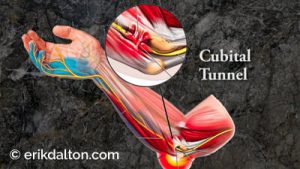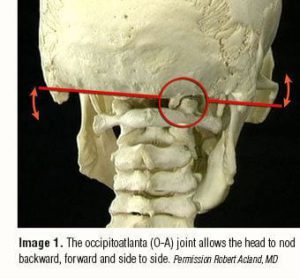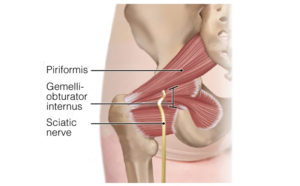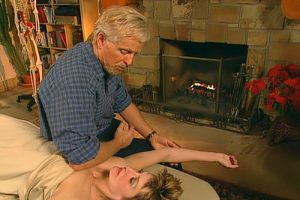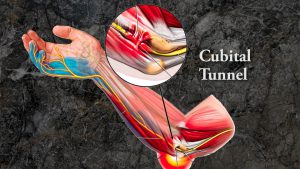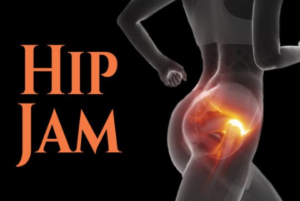As stated in my last blog titled “Digital Dementia”, poor posture is not a cause; it is simply a symptom indicating over or under functioning of various bodily systems including musculoskeletal, endocrine and nervous. Hours sitting staring at screens, lack of exercise, poor functional biomechanics all contribute to the symptom of poor posture, which may then lead to other symptoms such as lack of focus, headaches, chronic stress, visual disturbances and poor balance.

No matter what a client comes to see me for, there is always a postural component to their exam. I’m not only observing for common compensatory patterns such as upper crossed syndrome, motor dominance and gait disturbances, but I’m also checking specific parts of brain system functioning. For example, one-legged standing tells me a bit about their vestibular system and possible problems arising from the Pons as it transfers information via the 8th cranial nerve to the inner ear. In the one-legged exam (Image 1), I’m observing for the “first” direction the client sways indicating weakness on that side. Another very simple and complementary vestibular exam is the Romberg Test.
The Romberg test has been around for 150 years for assessing sensory ataxia and gait disturbances caused by funky proprioception arising primarily from joints. Equilibrium is maintained through sensory information from the vestibular, somatosensory and visual systems making these tests tricky. Remember that clients presenting with proprioception problems (somatosensory) can still maintain balance by compensating with vestibular function and vision. There are three sensory systems (vision, proprioception and vestibular) that provide input to the cerebellum and midbrain to maintain truncal stability when the eyes are open and only two of the three systems are needed to maintain balance. The original Romberg test goes like this:
- The client removes his shoes and stands with his two feet together with arms crossed in front or pointed straight ahead (Image 2).
- The client is first asked to stand quietly with eyes open, and subsequently with eyes closed while attempting to maintain balance. Note: When the client closes his eyes, he should not orient himself by light, sense or sound, as this could influence the test result resulting in a false positive.
- The Romberg test is scored by counting the seconds the client is able to stand with eyes closed.
- To increase the difficulty, the therapist can gently (and safely) attempt to disturb the client’s balance with a perturbation. It is important for the therapist not to exaggerate the perturbation.

The Romberg test is positive when the client is unable to maintain balance with their eyes closed. Losing balance can be defined as increased body sway or placing one foot in the direction of the fall. Clients with acute peripheral vestibular problems are usually inclined to sway towards the side of the problem, so offer special retaining exercises such as the ones shown in my Art of MAT video above to stimulate the vestibular system. Manual vibration of the limbs and joint mobilization are also great ways to manually beef up the Pons and vestibular balance apparatus.
The Romberg test is very useful as a follow-up assessment for clients with balance and/or proprioception impairments especially when combined with other brain-based exams such as the one-legged standing, gaze stabilization, and the spinal push tests. If the therapist observes that the client is able to stand for longer periods of time with the eyes closed, it is evident that the client’s balance and proprioceptive deficits have decreased.
I will be discussing additional brain-based exams in future blogs. Just remember that your brain sets the tone for all your muscles. Like an overprotective mother it decides how much activation to allow and it always errs on the side of caution. The brain can activate or inhibit muscle tone and balance depending on what it determines to be the safest course for you. We are wired for survival. Your (Mom) brain is there to protect you and when functioning properly, knows when too much or too little of a good thing is right for you.
On sale this week only!
Save 25% off the Treating Trapped Nerves course!
NEW enhanced video USB Format!
Equip yourself with a powerhouse of skills for relieving painfully compressed nerves. Relieve pain caused by mechanical entrapment in the neck, thoracic outlet, sacroiliac, and other regions. Save 25% this week only. Offer expires midnight Monday, October 21st!
Click here for more information and to purchase the course for 16 CE hours and a certificate of completion to display in your office.
BONUS: Order the home study version and get access to the eCourse for free!

